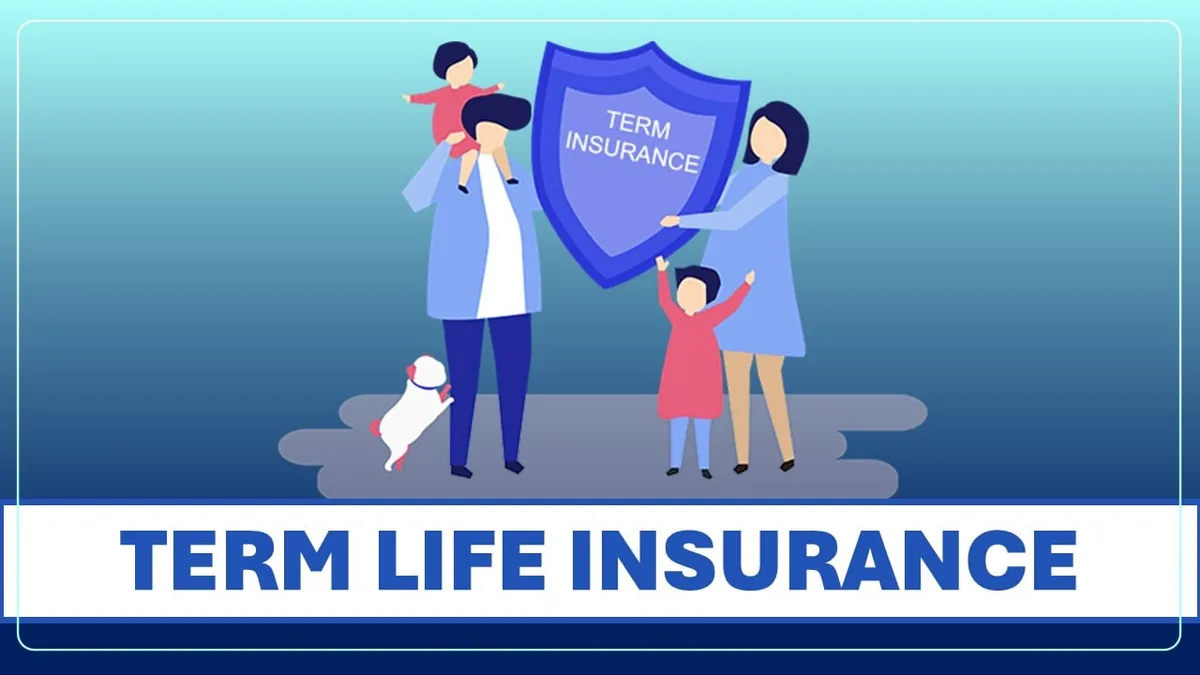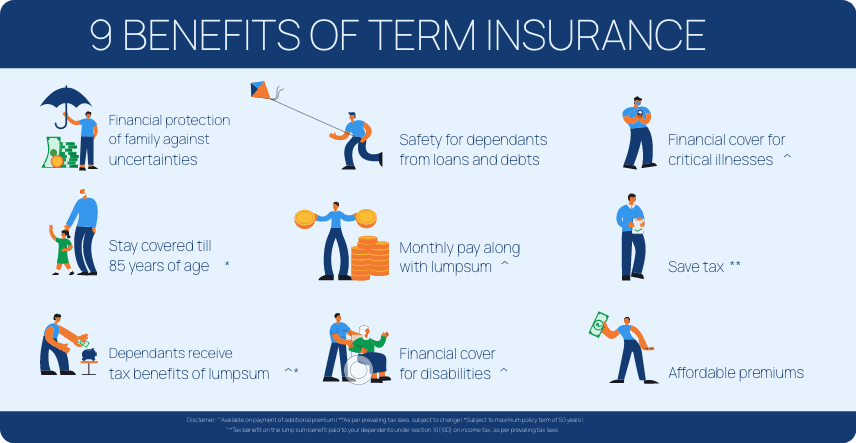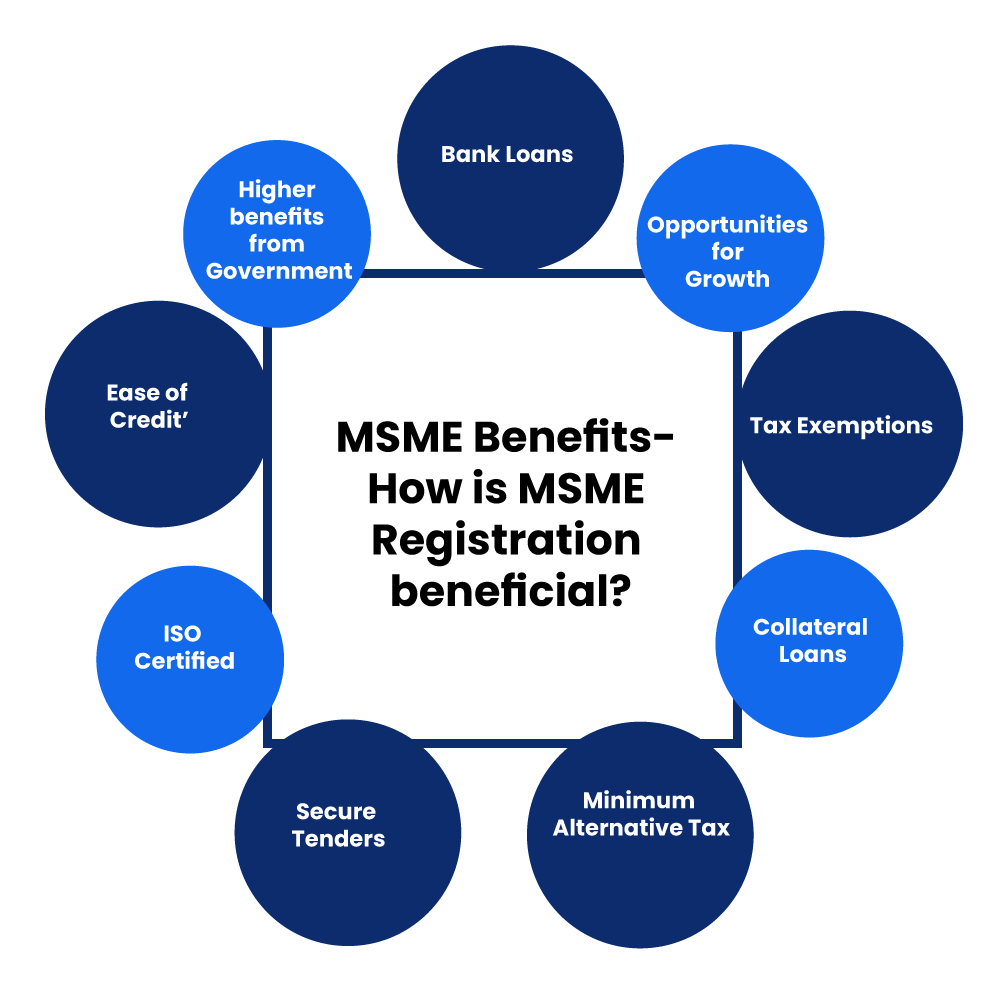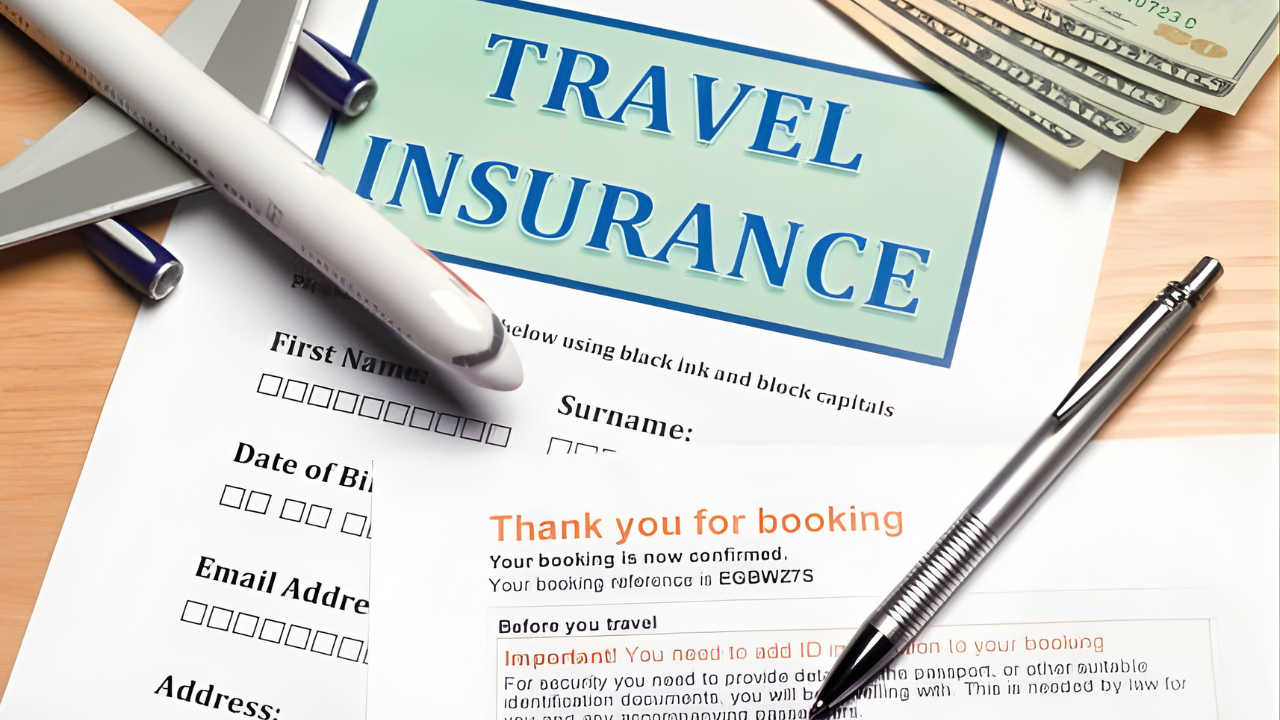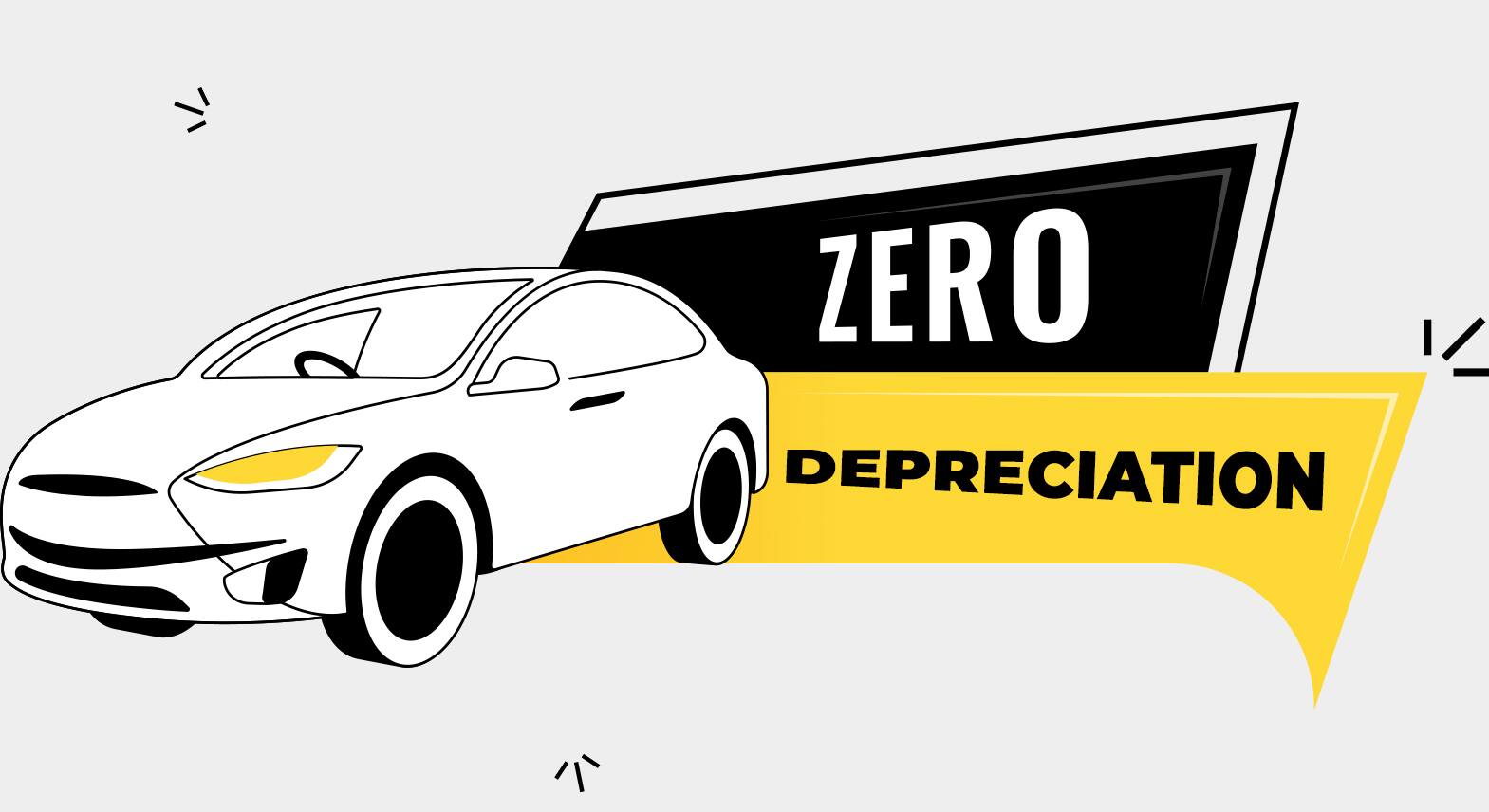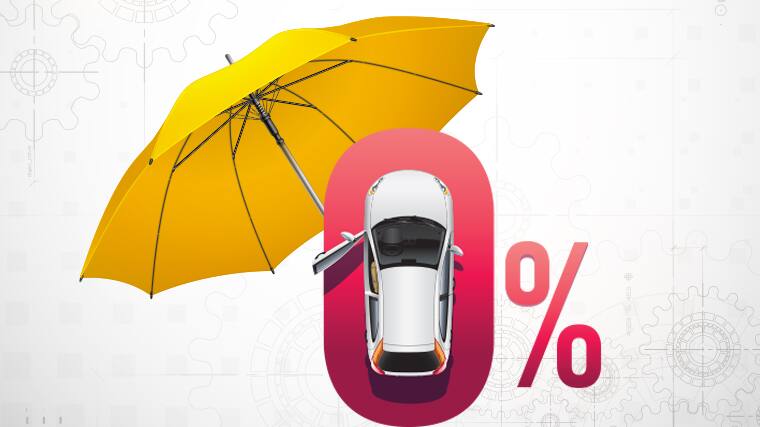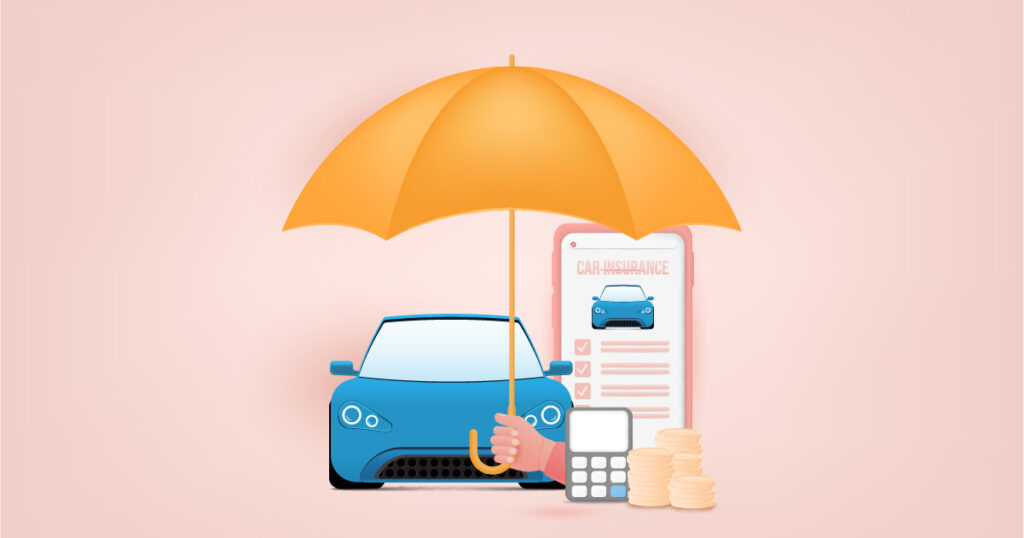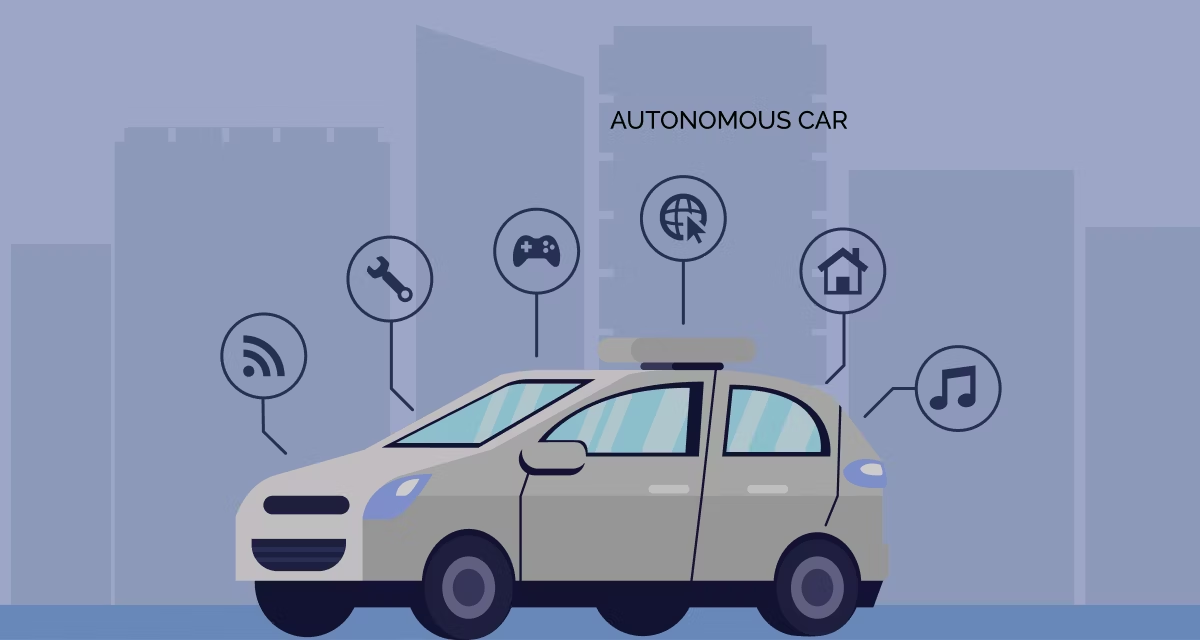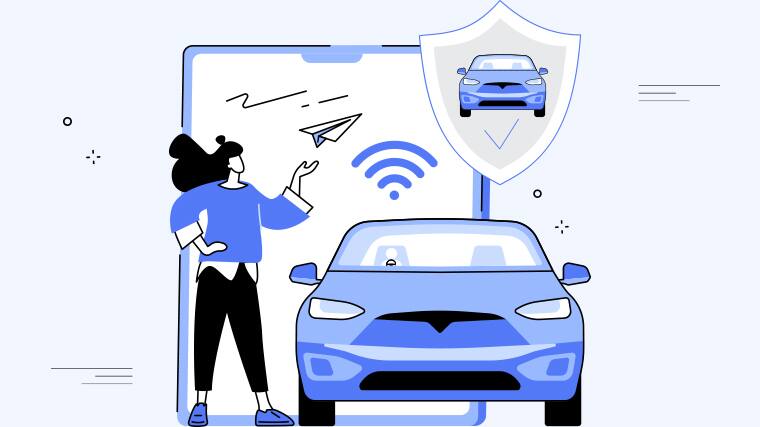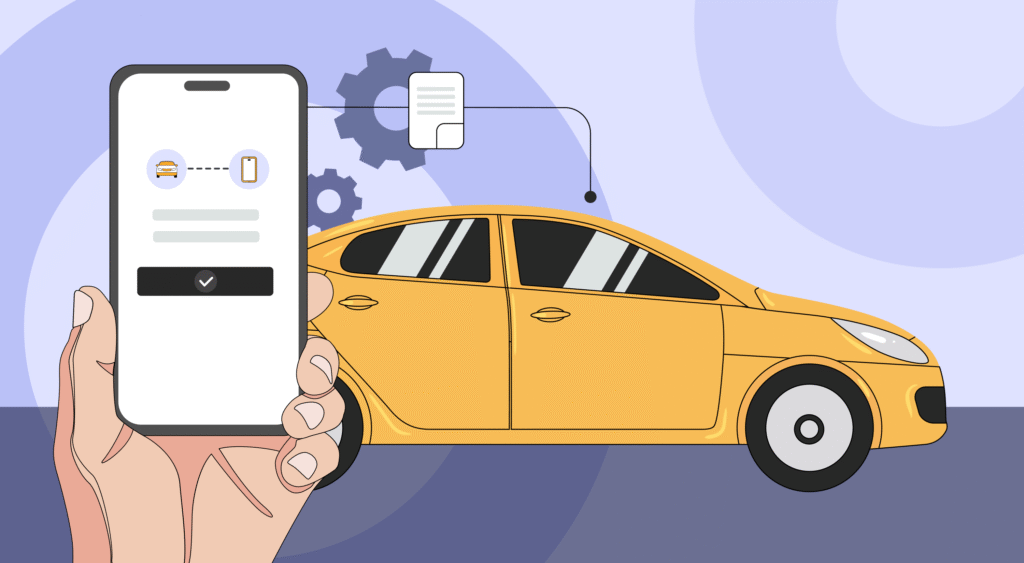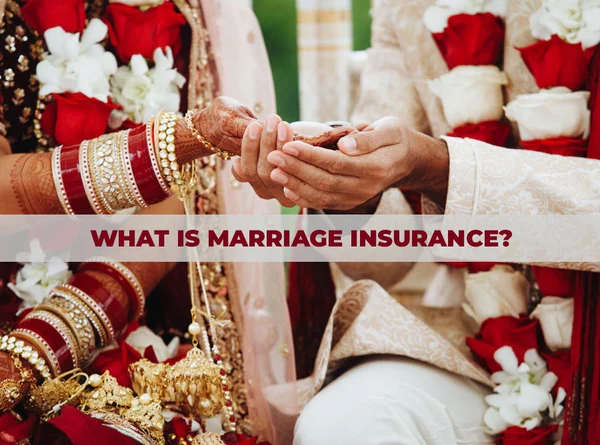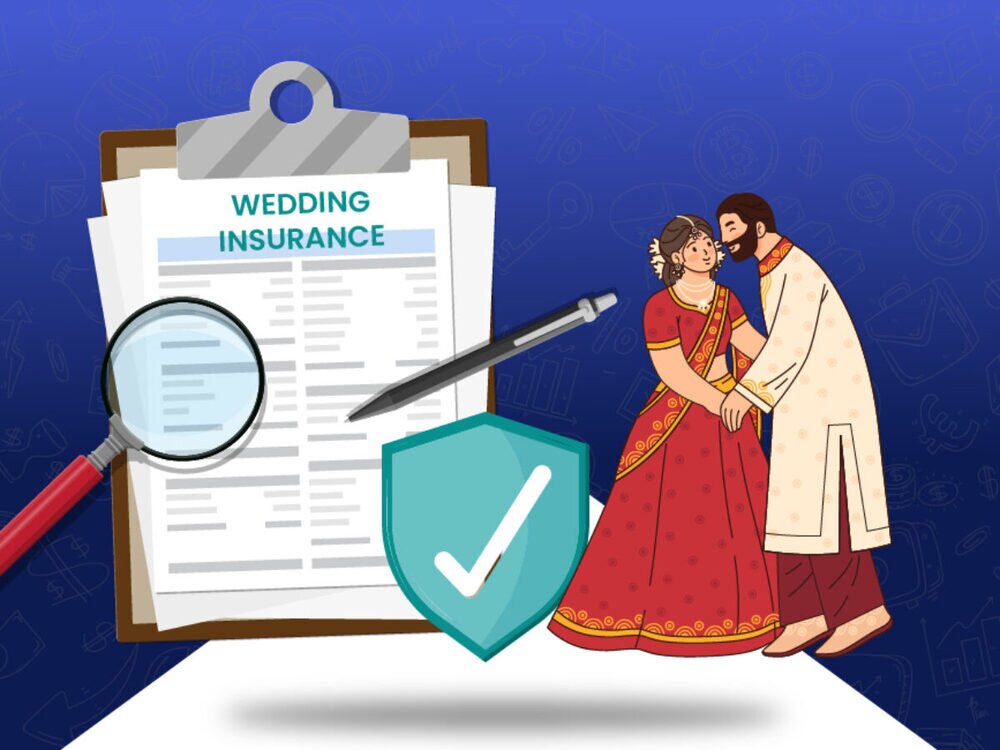We all have things that mean more than their price tag — a family heirloom passed through generations, the diamond ring you saved months for, or the smartphone that holds every memory. Losing them isn’t just a financial blow; it’s emotional.
That’s why valuables insurance in India isn’t just another policy — it’s a safety net for your most precious possessions. Whether it’s your jewellery, gadgets, or collectibles, insuring them ensures peace of mind against theft, loss, or damage.
What Is Valuables Insurance?
Valuables insurance is a specialised coverage that protects high-value personal items from unexpected risks like theft, fire, burglary, or accidental damage.
- Unlike standard home insurance (which usually offers limited coverage for valuables), this policy provides comprehensive protection for items you truly care about.
- It’s especially useful for individuals who own multiple luxury items or travel frequently.
Simply put, valuables insurance in India ensures that even if misfortune strikes, you don’t bear the entire financial burden alone.
What Items Are Covered Under Valuables Insurance?
Insurance providers generally allow you to choose what to cover. Here are the common categories:
- Jewellery & Precious Metals: Gold, diamond, platinum jewellery, gemstones, and ornaments.
- Electronics & Gadgets: Smartphones, laptops, smartwatches, tablets, and cameras.
- Art & Collectibles: Paintings, antique pieces, sculptures, and memorabilia.
- Luxury Items: Designer handbags, branded watches, and musical instruments.
- Other Personal Assets: Silverware, limited-edition collectibles, or rare coins.
This flexibility makes valuables insurance ideal for modern lifestyles where people own a blend of traditional and tech-driven valuables.
Why You Need Valuables Insurance in India
- Rising Theft and Burglary Cases: Cities like Delhi, Mumbai, and Bengaluru report increasing cases of theft and break-ins. Insurance ensures you don’t lose both your valuables and your savings.
- Protection from Accidents: Fire, floods, or mishandling can cause sudden loss or damage.
- Coverage Beyond Home: Many policies extend protection even when you carry valuables outside your home.
- Travel Safety: If you travel often with expensive items, global coverage options keep your valuables protected worldwide.
- Peace of Mind: The emotional comfort of knowing your most valuable possessions are secure is priceless.
How Does Valuables Insurance Work?
Understanding how the policy functions helps you make informed decisions:
- Assessment & Declaration:
When buying the policy, you need to declare and value each item you wish to insure. Bills, photographs, or appraisals are required for proof. - Policy Coverage:
It covers events like theft, burglary, accidental loss, fire damage, and sometimes even damage caused during travel. - Claim Process:
- In case of loss or theft, you must report it immediately (with an FIR if required).
- Submit your claim along with documents such as invoices or photographs.
- The insurer assesses and compensates you based on the item’s insured value and terms.
With valuables insurance in India, even the worst-case scenario doesn’t have to mean starting from scratch.
How to File a Claim for Valuables Insurance
When an unfortunate incident happens, follow these steps to make your claim smooth and successful:
- Notify Your Insurer Immediately: Most insurers have a 24–48 hour window for reporting losses.
- File a Police Report (FIR): Required in cases of theft or burglary.
- Provide Proof of Ownership: Invoices, photos, or appraisal certificates help verify the item.
- Submit a Claim Form: Attach all documents and clearly describe the incident.
- Assessment & Settlement: The insurer evaluates the claim and compensates based on policy terms.
Tip: Always keep copies of documents and receipts in digital form—it makes the process faster and stress-free.
Tips to Maximise Your Valuables Insurance in India
- Keep Proper Documentation: Always store purchase bills and photographs of your items.
- Regular Appraisal: Have your valuables re-evaluated every 1–2 years to match market value.
- Add a Worldwide Coverage Add-On: Protects valuables even during international travel.
- Avoid Underinsurance: Don’t declare lower values to save on premium—it backfires during claims.
- Combine with Home Insurance: You can often save more by bundling valuables cover with home protection plans.
- Renew on Time: Delays can lapse your coverage, leaving your valuables unprotected.
What’s Not Covered Under Valuables Insurance
Even the best policies have exclusions. Common ones include:
- Normal wear and tear
- Damage due to negligence or poor maintenance
- Loss without proof of ownership
- Damage caused by war, terrorism, or nuclear risks
- Items stored in unsafe conditions
Reading your policy fine print helps you avoid surprises during claims.
Premium Calculation for Valuables Insurance
Your premium depends on several factors:
- The total value and type of items insured
- The risk factor based on location or usage
- Add-on covers (like global protection or accidental damage)
- Claim history
Insurers often offer discounts if you bundle multiple items under one policy or have a home security system installed.
How to Choose the Right Valuables Insurance Provider
When comparing options for valuables insurance India, look for:
- Strong claim settlement ratio
- 24/7 customer support
- Flexibility to add or remove items anytime
- Transparent documentation
- Trusted brand reputation
Companies like KaroInsure simplify the process with tailored plans for every need — whether you’re insuring a single heirloom or an entire collection.
Conclusion
Your valuables are more than possessions—they’re stories, memories, and milestones. Protecting them is not just practical, it’s emotional. With valuables insurance in India, you ensure that your treasures stay safe against loss, damage, or theft.


